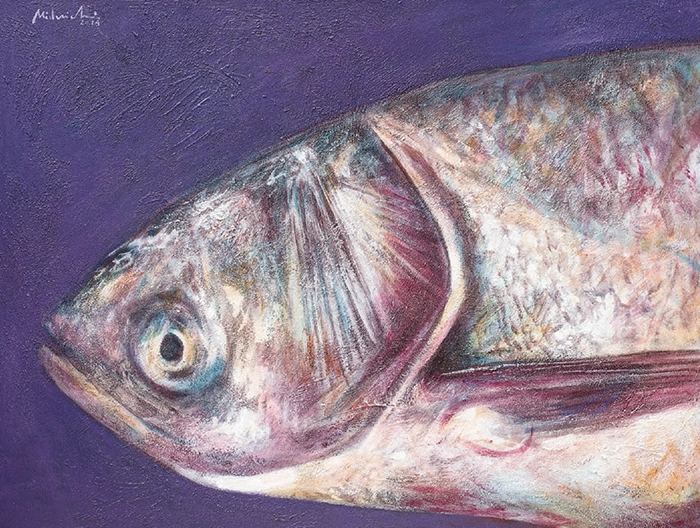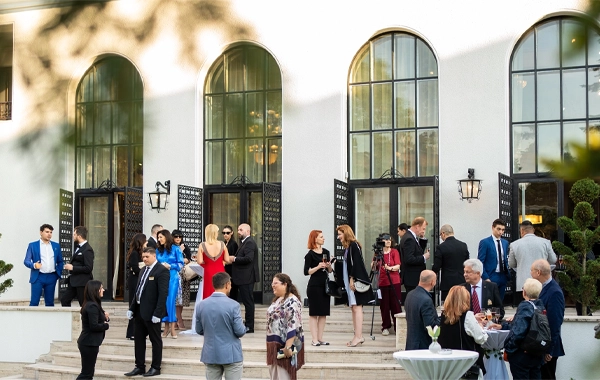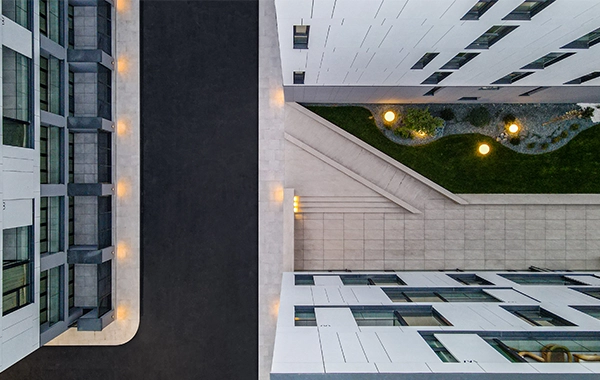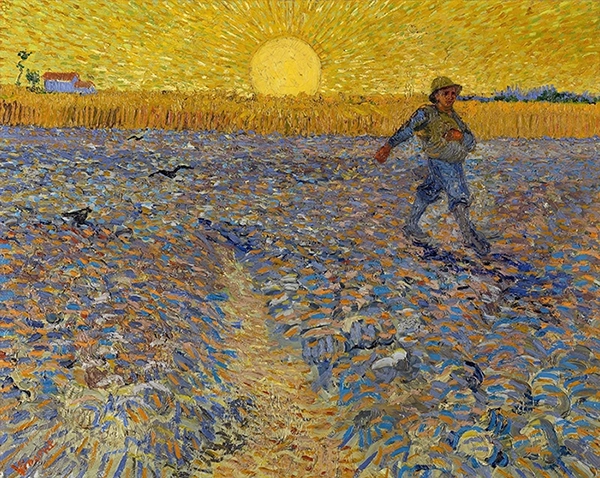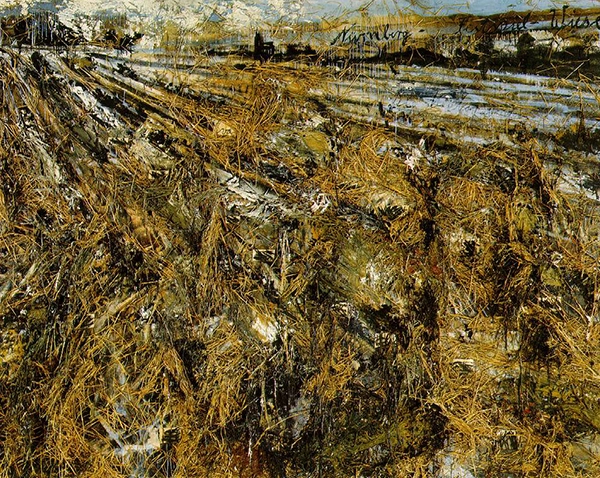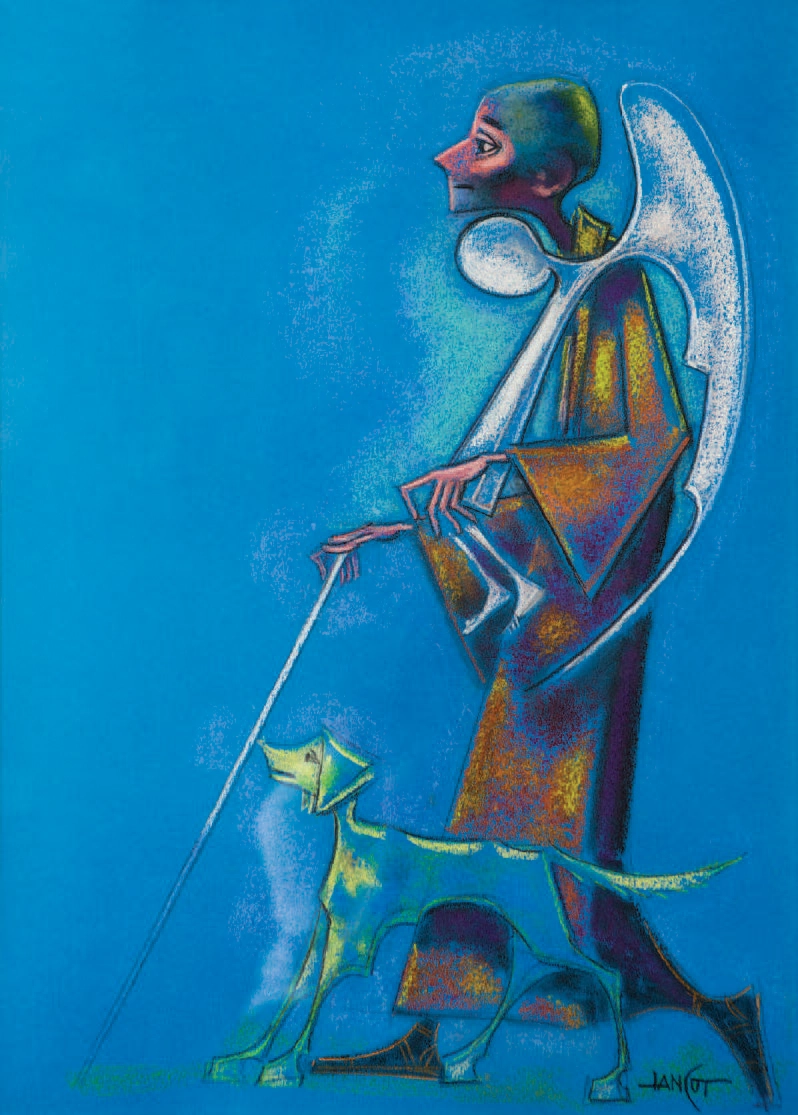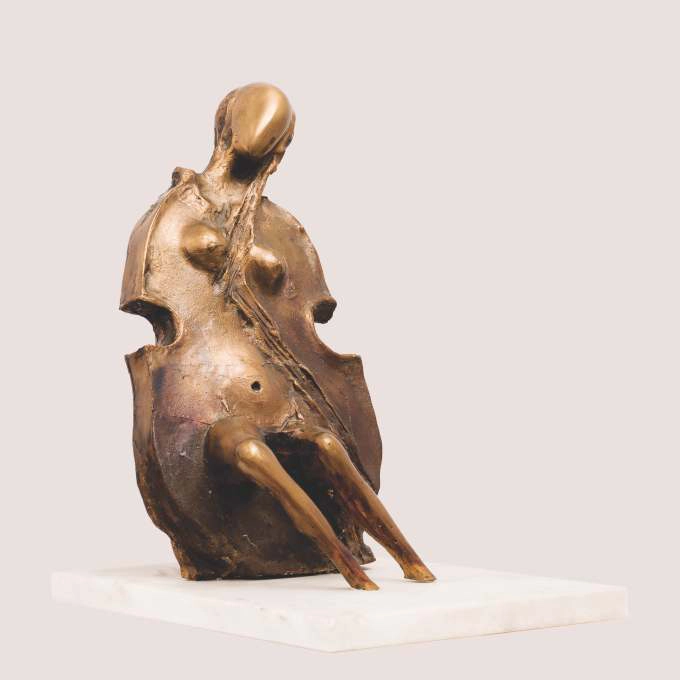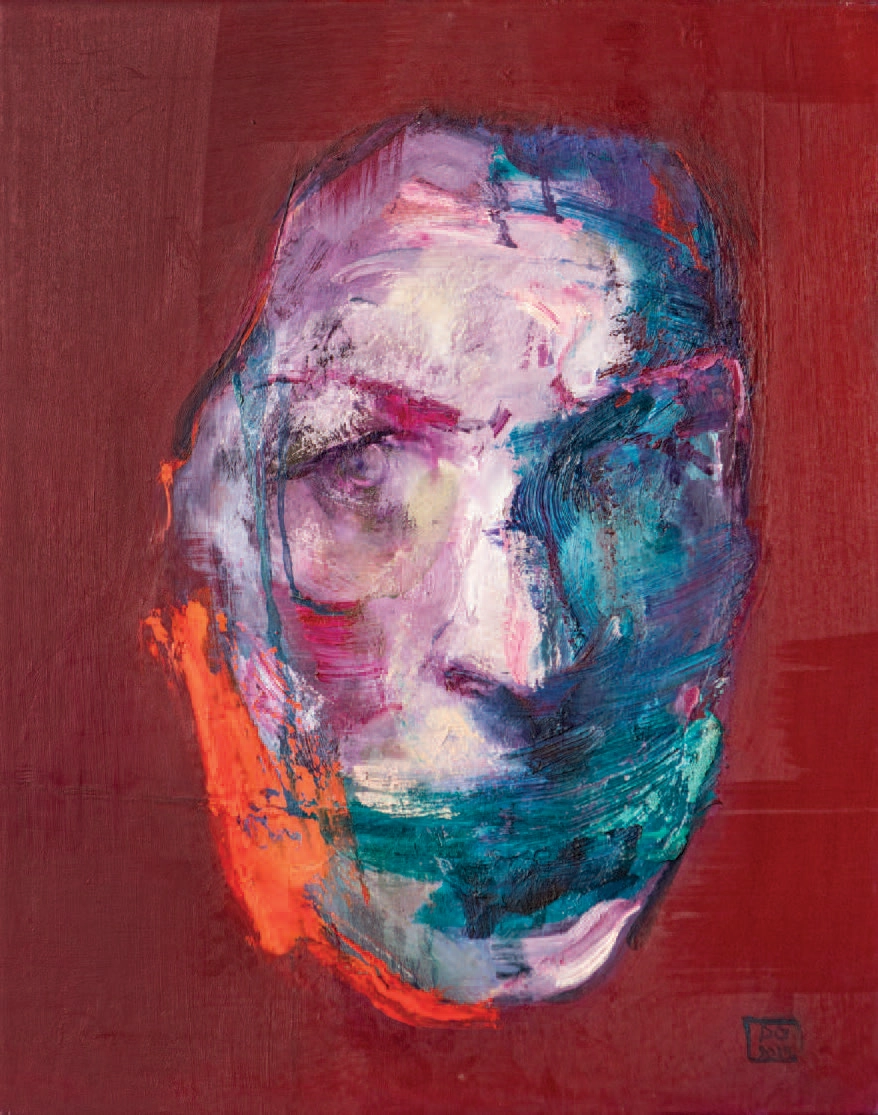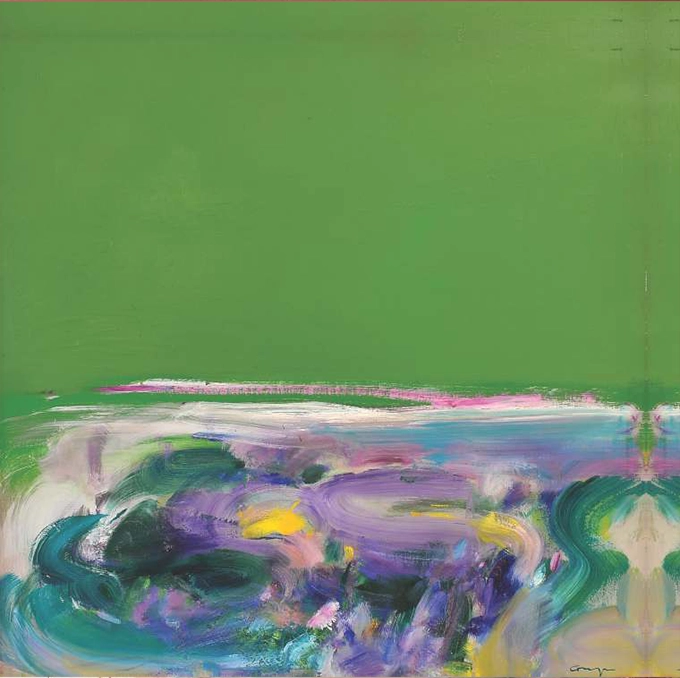In contemporary art, texture and materiality play a fundamental role in how a work of art is perceived and interpreted. This is due to the sensory stimulation they provide, inviting viewers into a deeper dimension where meanings and conceptual details are enriched. In an artistic context where ideas and emotions are becoming increasingly abstract, contemporary artists explore various materials and textures to create works that not only convey a visual message, but also offer a tactile and emotional experience, challenging traditional limits of perception.
